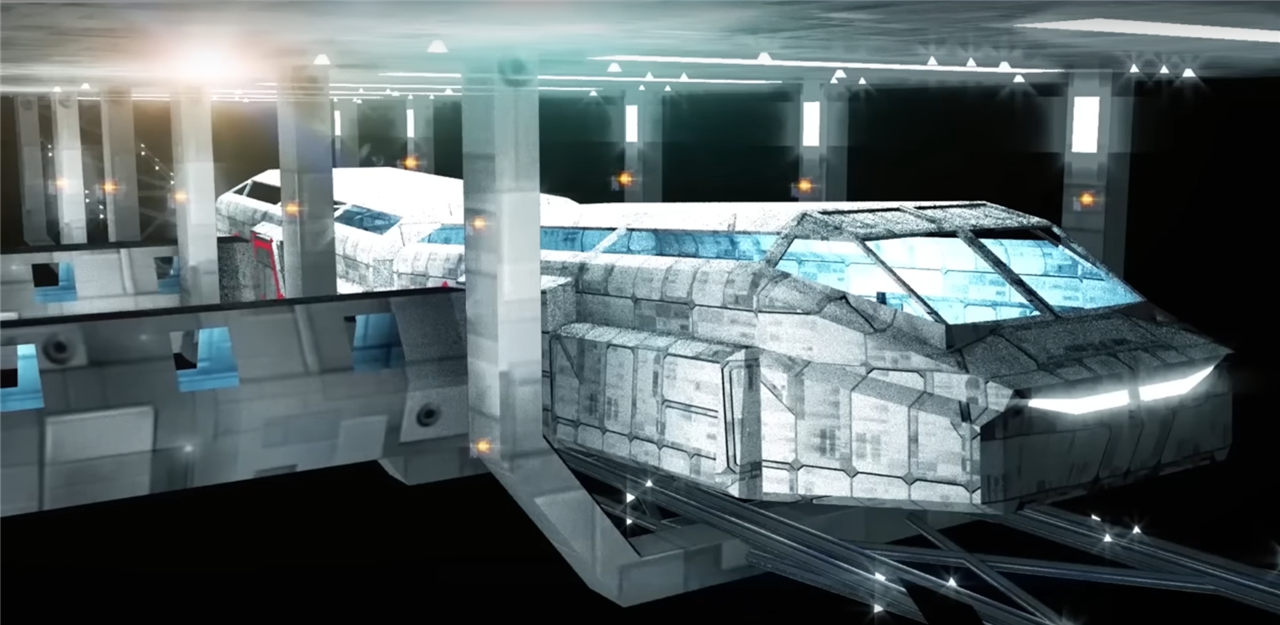
Japan’s proposed artificial gravity structure generates centrifugal force to generate artificial gravity on the moon. (Image Credit: Kajima Corporation)
Everyone is anticipating return-to-the-moon missions, and now, Japan wants to make a big impact by replicating the Earth’s gravity on the celestial sphere. Kyoto University and the Kajima Corporation engineers unveiled their latest proposal to implement a three-part approach for sustaining human life on the moon.
Future space missions could require humans to undertake longer stays, especially in low gravity. However, that alone affects astronauts’ bones, which cannot revert to their original shape. This proposed project can help solve this issue.
The first portion of the plan called “The Glass,” would introduce artificial gravity to the moon and mars. Project designers proposed using a centrifugal system to reproduce the Earth’s gravity, also called “1 g”. A centrifuge machine would feature 1,312-foot tall and 328-foot radius rapid spinning cones to generate force that moves material away from a central point. Such a system generates artificial gravity by rotating once every twenty seconds inside an enclosure on the lunar surface. Japan wants to start developing the Lunar Glass by the second half of the 21st century, which may seem very difficult to achieve considering technology must advance to a high degree first.

The Lunar vehicle transports humans to and from each station. (Image Credit: Kajima Corporation)
The press release also states that the second phase involves “relocating a reduced ecosystem to space” through the core biome complex. This complex would serve as a place of residence for humans and be housed inside the Moon Glass enclosure. Lastly, the third portion of the plan introduces a Hexagon Space Track, which transports people at high speeds and connects the Earth, Mars, and Moon. This infrastructure relies on three stations, one orbiting the Earth, one around the moon, and one on Mars’ moon Phobus.
Generally speaking, artificial gravity generation will be an extremely difficult task to tackle. We simply don’t have the technology to approach this project, and it’s been so long since humanity set foot on the moon. Plus, delivering the essential supplies to the lunar surface could be a massive challenge. Not only that, but people will need shelter to live on the moon while developing the Lunar Glass. This proposal could take effect in 50 to 70 years, so maybe technological advancements can allow us to build a massive structure by then.
Have a story tip? Message me at: http://twitter.com/Cabe_Atwell
